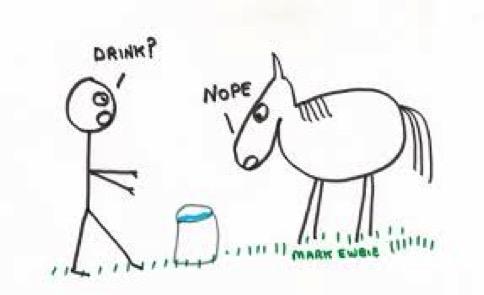12 takeaways from the FIPP Insight Forum
The ninth FIPP Insight Forum was as stimulating and informative as all its predecessors. It was kindly hosted by Sanoma in their fine offices in Amsterdam on 18-19 May, and created a collegiate spirit of informed debate among like-minded professionals from many countries.
I summarise my view of the proceedings by means of 12 takeaways, each one demonstrated by new research studies presented at the event.
1. In these days of digital advances, the long-established strengths of printed magazines still hold good. This includes attributes such as trust, stature, expertise, a sense of belonging, inspiration, influence, practical advice, and so on.
2. The brand values of magazines, established in print, carry over onto their digital properties. Connected consumers follow brands across platforms.
3. Consumers are very deeply engaged with their magazine brands, in digital formats (digital editions, websites) as well as in print.
4. The journalism that goes into publishers’ websites (‘editorial content websites’) makes them stand out for impact. Indeed, publishers’ websites are among the most valued of all media by consumers, because of the combination of the brand values, the engagement and the curated journalism.
5. Consequently publishers’ websites are highly effective media for advertisers.
6. It is necessary to build the tools to prove quantitatively that magazine content on all platforms will reach consumers cost-effectively. This requires substantial (sometimes even revolutionary) changes to traditional print readership surveys, in order to embrace all the digital platforms, and to report audience figures much more rapidly. Many countries are still in the throes of working out how to do this. For some, a key element is single-source passive panels measuring website visits continuously, as well as answering readership questions. This will provide (among other things) accurate information on audience duplications between print and digital platforms.
7. In planning or evaluating campaigns using printed magazines, it is vital to build readership accumulation into the data employed. Only by distributing magazine exposures through time in a realistic way can the full return on investment be demonstrated.
8. Even when accumulation is built in, the repeat reading of magazine pages which takes place (averaging around two exposures per ad page) is not taken into account. Print data ought to be turned into the equivalent of website page views, i.e. every magazine page access should be counted. Thus repeat exposures to the same page would be counted separately.
9. Magazines make effective contributions at all stages of the consumer journey towards purchase, nudging potential buyers forward to each next stage.
10. Magazine media deliver high returns on investment, often higher than any other medium. Frequently this is because of under-investment in magazines. This means that, in general, allocating a significantly higher share of an advertising budget to magazine media would improve the campaign’s performance.
11. “You can lead a horse to water but you can’t make it drink.”

This proverb was quoted a number of times at the Forum, in discussing cases when new forms of data were introduced to the market by publishers but media agencies proved reluctant to use them. Examples ranged from the superb mapp initiative (Magazine Audience Performance Predictor) in Australia to the OTSA (Opportunities To See Advertising) data in The Netherlands; and from the ground-breaking MagLab research in Belgium to readership accumulation data in many countries.12.
12. This led to the conclusion that new types of data need to be fully integrated into the regular audience currency if they are to be used consistently by agencies. If an extra step is required, it tends not to be taken. New types of data also need to be in a form which is very easy to understand: “make it simple or die”. This is because agencies are under great time pressure. Any new thing that takes more time to deal with is at a disadvantage.
These dozen points emerged from the research evidence presented at the conference, and the subsequent extensive discussions. All the presentations may be downloaded here.
FIPP Insight Awards
A highlight of the conference was the FIPP Insight Awards dinner, at which Chris Llewellyn, president and CEO of FIPP, presented the 2015 Gold and Silver Awards for the best research published in 2014 which promote the use of magazines, on all or any platform, as an advertising medium.You can find out who the winners were here.
More like this
Missed the FIPP Insight Forum? Here’s what happened.
Condé Nast, Immediate Media, Axel Springer win FIPP Insight Awards









